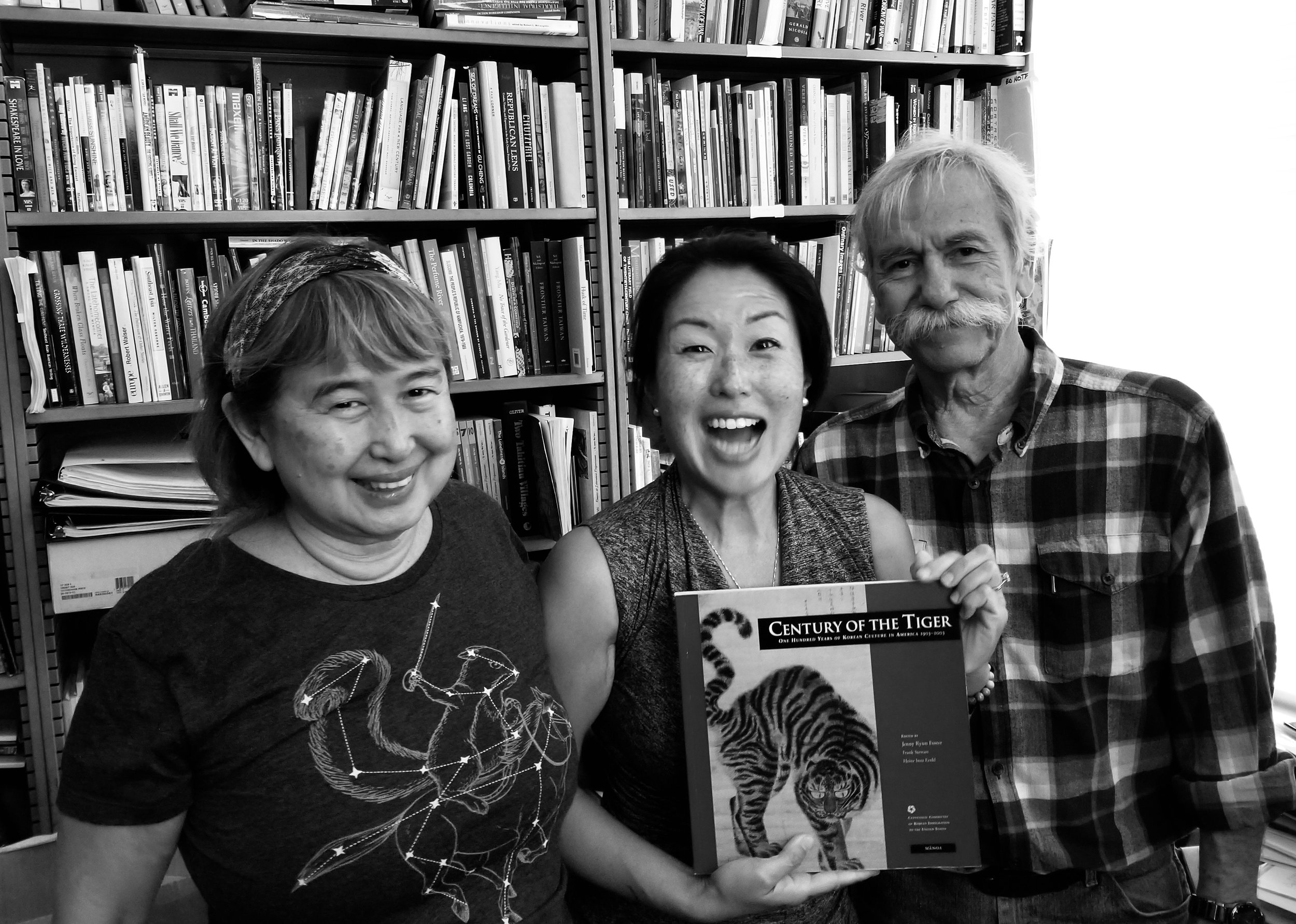Kakimoto’s Wise Blood

A riveting collection of 11 short stories written in poetically-infused prose, Megan Kamalei Kakimoto’s Every Drop is a Man’s Nightmare is a groundbreaking work.
Feminist in slant, the book portrays shadowy aspects of the distaff side. It pays tribute to giants who came before and points a way forward to the future of writing fiction placed in Hawai‘i. After reading a preview, Chris McKinney, a well-known and respected local author of 11 novels declared, “This book is a monster.”
Kakimoto’s choices of subjects for her collection call to mind the variety and inventiveness of Edgar Allan Poe’s work. The tales each have a clear view of what it’s like living in Hawai‘i. Additionally, the first piece in Kakimoto’s work, “A Catalogue of Kanaka Superstitions as Told by Your Mother” pays homage to Lois-Ann Yamanaka’s Saturday Night at the Pahala Theater—to my mind, still the best literary work to come out of these Islands. There are also references to the Hawaiian Night Marchers, who eerily weave in and out of focus throughout this collection.
As she developed her writing style, Kakimoto says she experimented with form and voice, but it wasn’t until she accessed the significance of her heritage and cultural upbringing that she felt confident in delving into her interests. In turn the digging drives how she approaches her writing. The main character is typically female and local, of mixed ethnicities, Hawaiian-Japanese-Caucasian.
One trait Kakimoto’s heroines have in common is poor body-image. It’s easy for women to give into negative self-image, despite the female body’s strength and mana. Kakimoto wanted to write into this perception, seeking an answer to why—“Why do women fall to shame about their bodies?” As she wrote into this question, elements of the stories’ worlds impressed themselves on these characters, from colonization to inherited trauma, and Kakimoto wanted each story to make space for the iterations of how women perceive their bodies.
Kakimoto is a brave writer, venturing into territory that holds Henry Miller, Philip Roth, Erica Jong, et al. For women in the publishing world, there’s a lot about writing and sharing written work that’s steeped in fear. There’s much more leeway given to white male authors to take risks that writers of color and women writers aren’t afforded. Writing her stories is not easy for Kakimoto. At first, when she thought about her possible readership, it inhibited and silenced her, she says. She eventually found that she produced her best writing when she wrote into the fear and forced herself to confront it.
As in many works of contemporary literature, there are touches of magic in this book. A Menehune makes appearances in “Story of Men,” helping and not helping a Hawaiian family. “Temporary Dwellers” are a couple of young women who are sexual with each other during a speculative future on Kaua‘i. “Madwomen” involves a Madwoman in the Sea, a human woman and her young son—who has to sink or swim. “Ms. Amelia’s Salon for Women in Charge” has to do with Brazilian bikini waxing and what it means to a woman who’s lost her source of income. People undergo hard times in this collection, mirroring recent history and the present day in Hawai‘i. But for Kakimoto’s characters magic is still possible.
“Hotel Molokai” is about a visit to Moloka‘i by a girl seeing relatives, who picks up on her family’s treacherous dynamics. “Aiko, the Writer” shows a local young woman and her life after graduation from college, attending a conference in Texas for a disastrous reading of her thesis—whose subject echoes the catalog of kanaka superstitions that opens the collection. “Some Things I Know about Elvis” is a humorous take on Elvis Presley impersonators in Waikīkī for a convention.
One of the common characteristics of these tales is the slyly distanced horror that accompanies them, never more starkly than in “Touch Me Like One of Your Island Girls: A Love Story,” concerning characters living on the fringes of the local adult entertainment industry.
Ending the book, “The Love and Decline of a Corpse Flower” explores the life of an older woman after the loss of her lover. The reader should keep in mind that the flower is the sex organ of a flowering plant. Flowers are usually bisexual, with both female and male parts. Many flowers can self-fertilize.
This brings me to the subject of scientists drawn to research on sexual reproduction. In vitro fertilization and cloning are advances in modern medicine. Producing offspring is the role for the fertile female. Humans have long been obsessed with producing children without the nurturing female womb. From the time of the ancient Greeks, when men debated whether women were human beings, men have tried to find a way to minimize and even exclude women from the childbearing process.
The drop in the title can be a drop of blood—menstrual blood—which seeps into the pages of these stories—especially in the title story. The drop also signifies aspects of womanhood that might be objectionable or repulsive to some, like covetousness or brazen sexuality, unwillingness to make oneself lesser. Kakimoto liked the idea of an audacious title, especially one that captured the audaciousness of the book's characters, so "Every Drop is a Man’s Nightmare" appealed to her. Much of what’s at the center of womanhood is distasteful to many. To even acknowledge that it exists is verboten.
Megan Kamalei Kakimoto has written an excellent story collection. The book is highly recommended. Each story stands on its own, yet they come together and give us glimpses of what it’s like to live during the early twenty-first century in Hawai‘i nei.
Every Drop is a Man’s Nightmare
by Megan Kamalei Kakimoto
Bloomsbury Publishing, New York, 262 pp.
Banner image by Dorinel Panaite. Book and author image courtesy of Megan Kakimoto.
Angela Nishimoto was raised on the windward side of O‘ahu, taught as a lecturer in botany/biology on the leeward side, and resides in Honolulu with her husband. She holds a master’s degree in botanical science (botany) from the University of Hawai‘i at Mānoa.
Since the late 1990s Angela has published more than forty pieces of poetry and prose, mostly in—but not limited to—Hawai‘i publications. She recently published her first book, a literary romance, Isabella’s Daughter, at Pueo Press in Kāneʻohe.







